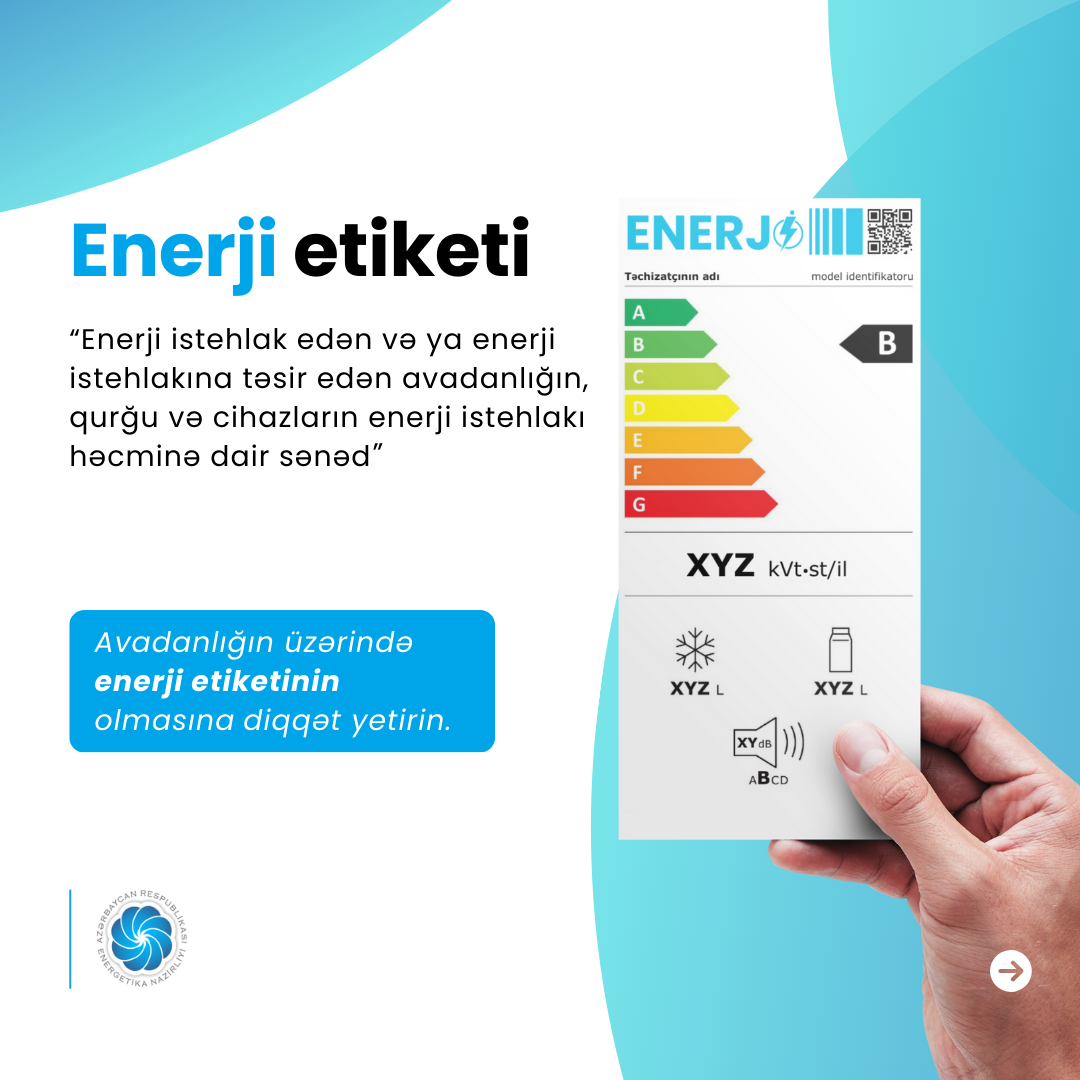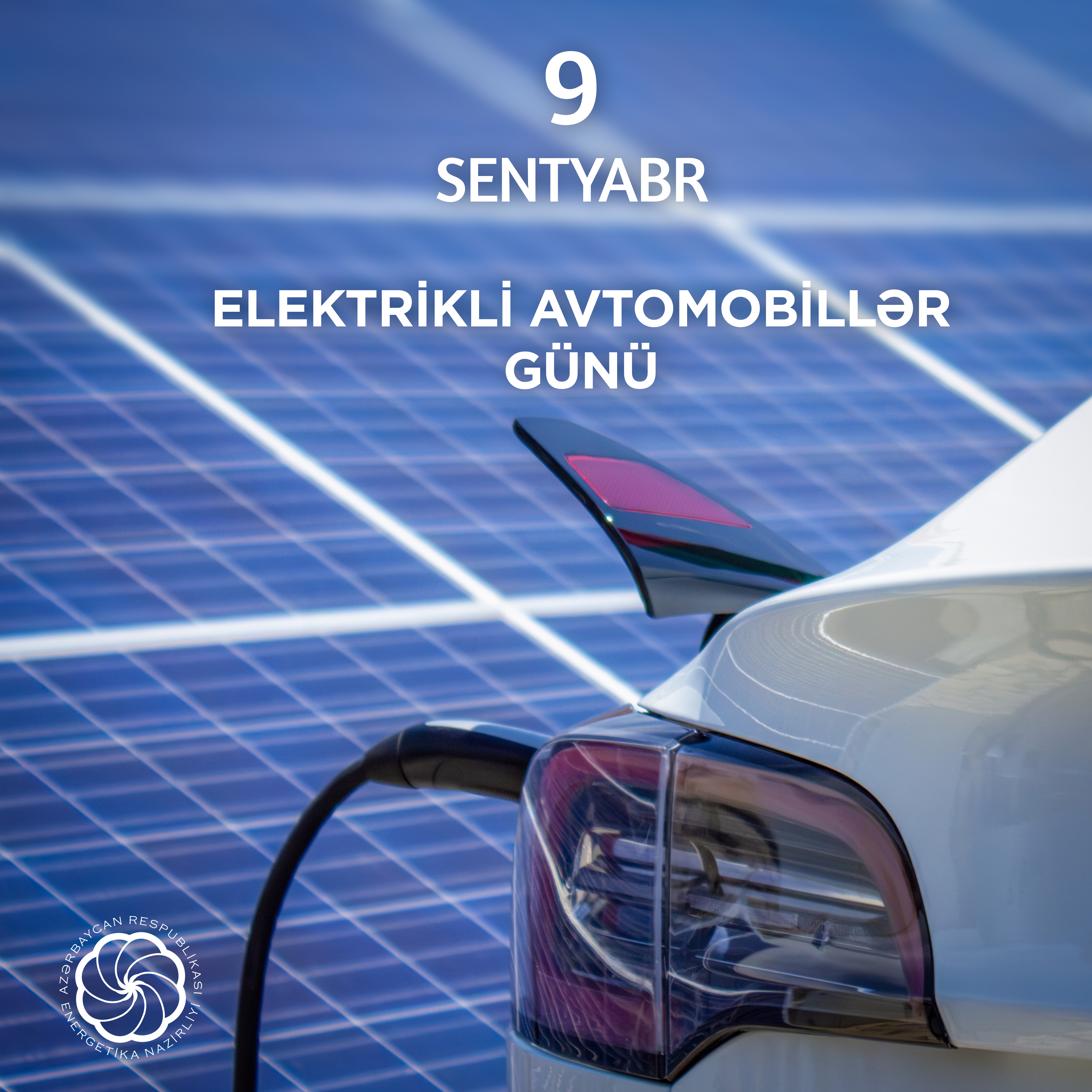- Main page
- Useful Information
BP announces statistical review of world energy 2019
According to BP's Statistical Review of World Energy 2020, the global initial energy consumption in 2019 increased by 1.3% (7.7 EJ) compared to 2018 to 583.9 exacoules (EJ). The average annual growth in 2008-2018 was 1.6%. The increase in energy consumption was driven by renewable energy and natural gas, which accounted for three quarters of the growth. All fuels, except nuclear, grew at a rate lower than their 10-year average.
China accounted for 24.3% of the initial energy consumption and 4.4% growth was observed in this country in 2019. The annual energy consumption in the United States is 16.2% of the world's initial energy consumption, which decreased by 1% compared to the previous year. China was the largest energy consumer with more than a three quarter of the net global growth. India and Indonesia are the largest contributors to growth, while the United States and Germany are the countries with the largest declines in energy consumption.
33.1% of the initial energy consumption accounted for oil, 24.2% for natural gas, 27.0% for coal, 4.3% for nuclear energy, 6.4% for hydropower, 5% for renewable energy sources. The share of oil decreased by 0.2% compared to 2018, coal by 0.5%, hydropower decreased slightly, while the share of natural gas increased by 0.1%, renewable energy by 0.5%, nuclear energy by 0.1%.
In 2019, global energy consumption per capita was 75.7 GJ and grew by 0.2% compared to 2018. In 2008-2018, the average annual growth was 0.4%. Energy consumption per capita in Azerbaijan was 65.3 GJ and grew by 5.5 % compared to 2018. In 2008-2018, the average annual growth was 0.1%. Energy consumption per capita in Qatar was 714.3 GJ.
Emissions rose by 0.5%, although 10-year average was 1.1%, decline was observed in 2019 compared to the unusually strong growth of 2.1% seen in 2018.
Oil consumption grew by a below-average 0.9 million barrels per day (b/d), or 0.9%. Demand for all liquid fuels (including biofuels) rose by 1.1 million b/d and topped 100 million b/d for the first time. Growth was led by China, where demand rose by 680,000 b/d, and other developing countries. OECD demand fell by 290,000 b/d. Strong increase in output in the United States (1.7 million b/d), decrease in production in OPEC (2 million b/d), sharp decline in Iran (1.3 million b/d) were observed,and global oil output decreased by 60,000 b/d. There was a decline in Venezuela (60.000 b/d) and Saudi Arabia (430.000 b/d).
Natural gas consumption increased by 78 billion cubic metres (bcm), or 2%, well below the exceptional growth seen in 2018 (5.3%). Nevertheless, the share of gas in primary energy rose to a record high of 24.2%. In volume terms, demand grew was led by the US (27 bcm) and China (24 bcm). Russia and Japan saw the largest declines (10 and 8 bcm respectively). Gas production grew by 132 bcm (3.4%), with the US accounting for almost two-thirds of this increase (85 bcm). Australia (23 bcm) and China (16 bcm) were also key contributors to growth.
Inter-regional gas trade expanded at a rate of 4.9%, more than double its 10-year average, driven by a record increase in liquefied natural gas (LNG) of 54 bcm (12.7%). LNG supply growth was led by the US (19 bcm) and Russia (14 bcm), with most incremental supplies heading to Europe: European LNG imports (+49 bcm) rose by more than two-thirds.
Coal consumption declined by 0.6% (0.9 EJ) and its share in primary energy fell to its lowest level in 16 years (27%). Factors such as increasing global renewable energy investments, the increase of natural gas consumption, clean energy policies of countries and the inclusion of sustainable sources in energy systems played a role in reducing consumption. Increases in coal consumption were driven by the emerging economies, particularly China (1.8 EJ) and Indonesia (0.6 EJ). China alone carried out 51.7% of world coal consumption. Global coal production rose by 1.5%, with China and Indonesia providing the only significant increases (3.2 EJ and 1.3 EJ respectively). The largest declines came from the US (-1.1 EJ) and Germany (-0.3 EJ). China accounted for 47.3% of world coal production. Global coal production in 2019 amounted for 8,129 billion tons, out of which China for 3, 846 billion tons, India for 0.756 billion tons, the United States for 0.639 billion tons. The countries that increased coal production the most were Venezuela, Pakistan and Brazil.
Renewable energy (including biofuels) posted a record increase in consumption in energy terms (3.2 EJ). This was also the largest increment for any source of energy in 2019. This accounted for over 40% of the global growth in primary energy last year, which is larger than any other fuel. As a result, renewables increased its share in the energy mix from 4.5% in 2018 to 5%. Wind provided the largest contribution to renewables growth (1.4 EJ) followed closely by solar (1.2 EJ). By country, China was the largest contributor to renewables growth (0.8 EJ), followed by the US (0.3 EJ) and Japan (0.2 EJ). Hydroelectric consumption rose by a below-average 0.8%, with growth led by China (0.6 EJ), Turkey (0.3 EJ) and India (0.2 EJ).
Nuclear consumption rose by 3.2% (0.8 EJ), its fastest growth since 2004. China (0.5 EJ) and Japan (0.1 EJ) provided the largest increments.
Electricity generation grew by only 1.3% - around half its 10-year average. China accounted for more than 90% of net global growth. The total amount of electricity produced in 2019 amounted to 27004.7 billion kilowatts. China generated 27.8% of electricity and the USA 16.3%. The average annual growth in electricity in 2008-2018 was 2.7%.
Renewables provided the largest increment to power generation, followed by natural gas while coal generation fell. The share of renewables in power generation increased from 9.3% to 10.5%, surpassing nuclear for the first time. Coal’s share of generation fell 1.5 percentage points to 36.4% - the lowest in our data set (which starts in 1985).
51% of the electricity generated from renewable energy (2805.5 billion kilowatts) fell to the share of wind, 25.8% to the share of the solar, 23.2% to other sources. Increase was observed by 12.6% in the wind, 24.3% in the solar, 6.0% in other sources, 13.6% in general. Production of hydropower was 4222.2 billion kWh and increased by 1.2% compared to the previous year. Nuclear energy production was 2796 billion kWh and grew by 3.5% compared to the previous year.
The share of oil in electricity generation was 3.0%, natural gas - 23.6%, coal - 36.8%, nuclear energy - 10.4%, hydropower - 15.8%, renewable energy - 10.5%.







